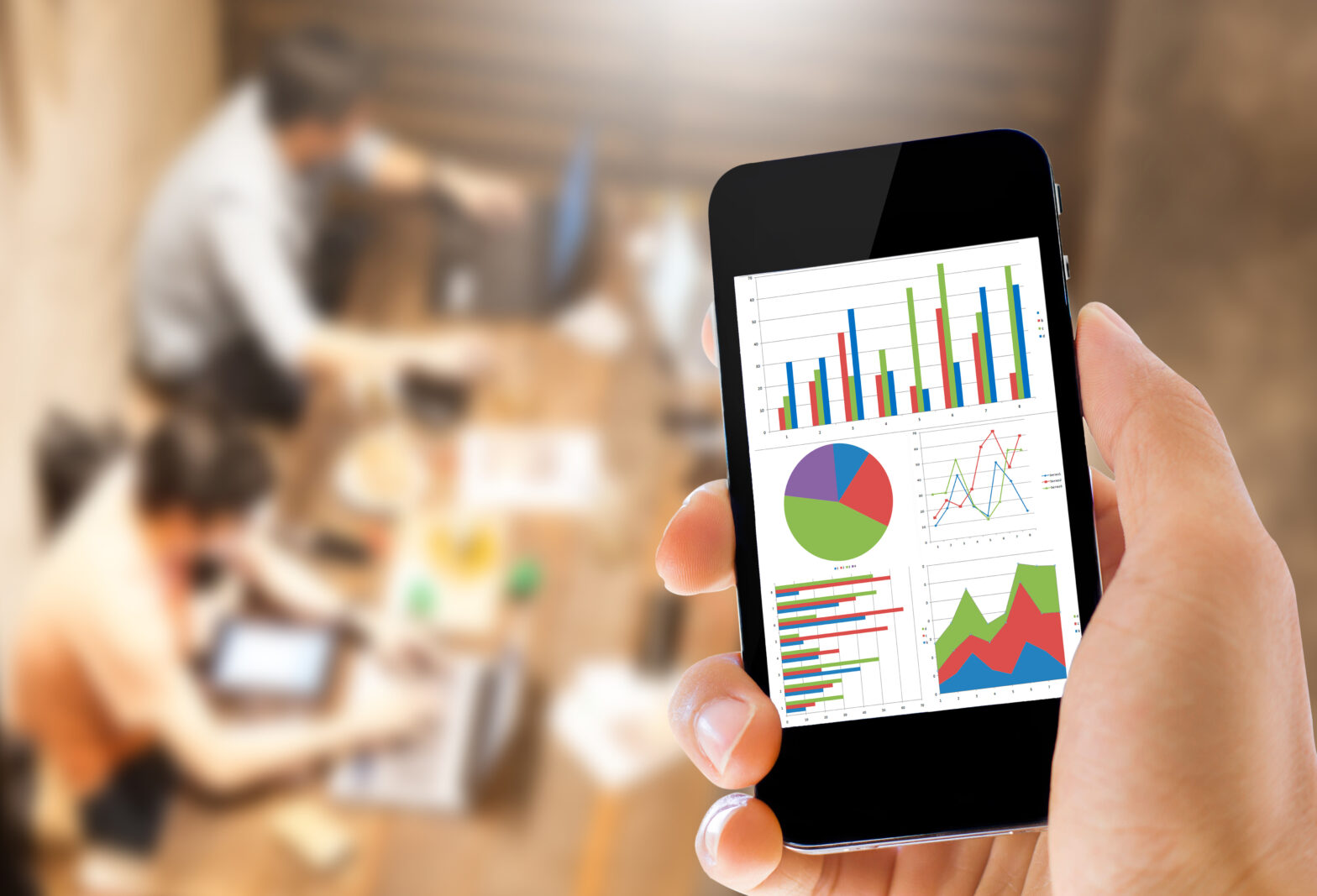American Humourist Josh Billings once said, “Genius ain’t anything more than elegant common sense.” I’d say that quote chimes with my approach towards machine learning and data analytics.
I have long believed that data driven decisions are the only way to truly understand our customers. The days of “gut feel” subjectivity have quickly been replaced by data drive objectivity – and rightly so.
Nowhere is this more relevant than in the fraud prevention world. Inevitably, we are seeing more businesses moving to real-time, wanting to offer full omni-channel capability and needing to accept more payment types – all of which require new solutions.
Doesn’t the ‘common sense approach’ suggest the answer to this is to develop self-service, machine learning tools that allow customers to take control of their data driven decision making, including fraud?
Process automation
The first principals for running a business are profitable growth. I believe the objective of our business partnerships is to help our customers drive this profitable growth.
Again, a ‘common sense approach’ would suggest providing payment solutions that automate repetitive tedious activities, giving customers the controls they need to work on more proactive business opportunities and creative tasks?
Automating data analytics
Business history is littered with senior management subjectivity taking an organisation in the wrong direction, thus creating new business activities that destroy profitable growth or worst still, destroys an organisation entirely.
On the assumption that “data driven decisions facilitate profitable growth”, activities are seen as primary drivers for running a business. The ‘common sense’ approach is then augmenting these activities into a single approach that will create even greater enterprise value.
In other words, providing solutions that give your customers the ability to make data driven decisions facilitating profitable growth, effortlessly and in real time.
Why self-service could be the answer?
Consumers expect companies to keep improving their level of service. They want their questions answered and problems solved in a timely, friendly, and efficient manner. Consumers, quite rightly, have a strong aversion to having to contact a company several times or sharing the same information more than once.
With a self-service strategy, it’s useful to consider every single step in the customer relationship, because a self-service model relates to the pre-purchase phase, as well as to the purchase and any questions that may arise following the purchase.
Take pre-sales, consumers make their own enquiries regarding a purchase. Quite often, 70% of the decision has already been made before a consumer contacts a company; 27% prefer to ask commercial questions over the phone; whereas 56% opt for the self-service approach.
In terms of sales, the exponential growth of e-commerce shows that more and more people want to stay in control of the purchase process.
Post sales and the back office has typically not had the investment, but customers are using the phone less and less in call centres in preference to the web/IVR.
Four reasons why self-service is so appealing to customers
Self-service is faster. A problem that customers have when using an assisted service, is that they must go somewhere to use it and have to wait in line in order to get the service they need. This might be due to there not being enough assisted service workers to help customers efficiently. This ratio of workers to customers can lead to customers waiting from several minutes to hours for a service that they may need instantly. When they finally get to the booth, customers may not fully be engaged, due to their impatience caused by waiting in line.
Self-service empowers customers to take charge in how they use a service. In today’s marketplace, there are many types of mobile applications that track different aspects of our lives. Health-monitoring applications are one of the most popular types of apps among consumers. But what makes customers download these applications? Wouldn’t they rather use the same methods that health professionals use to take vitals before a doctor’s appointment?
With self-service, there’s less room for error. Even well-trained, experienced workers can make mistakes when interacting with the customers. For example, a common mistake that baristas make is mishearing the customer’s order, especially during rush hour, where baristas are trying to serve many customers in a short period of time. Mishearing a customer’s order can lead to orders being mixed up, and increases the number of irritated customers.
Self-service creates a more personal experience. In the assisted service industry, a “one-size-fits-all” type of approach is used to help customers. All customers are treated the same during transactions, not taking into account the different types of needs that each customer has. For example, some customers may want to skip steps if they feel that they have already done some steps in advance, such as confirming an address, that they had already updated a few days before. Other customers may be in a hurry, and they might feel that the process is too slow for their pace.
The self-service revolution is all about customers controlling all aspects for their life. Self-service is the only long-term solution to meeting customer expectations. Already, 70% of consumers expect a self-service option for handling commercial questions and complaints. Still, this doesn’t preclude the need for a personal solution: If self-service falls short, personal contact as a safety net is an absolute necessity.
So, what are you waiting for? Take the common-sense approach and let our customers to take control.
Dr Mark Goldspink is CEO of The ai Corporation.







